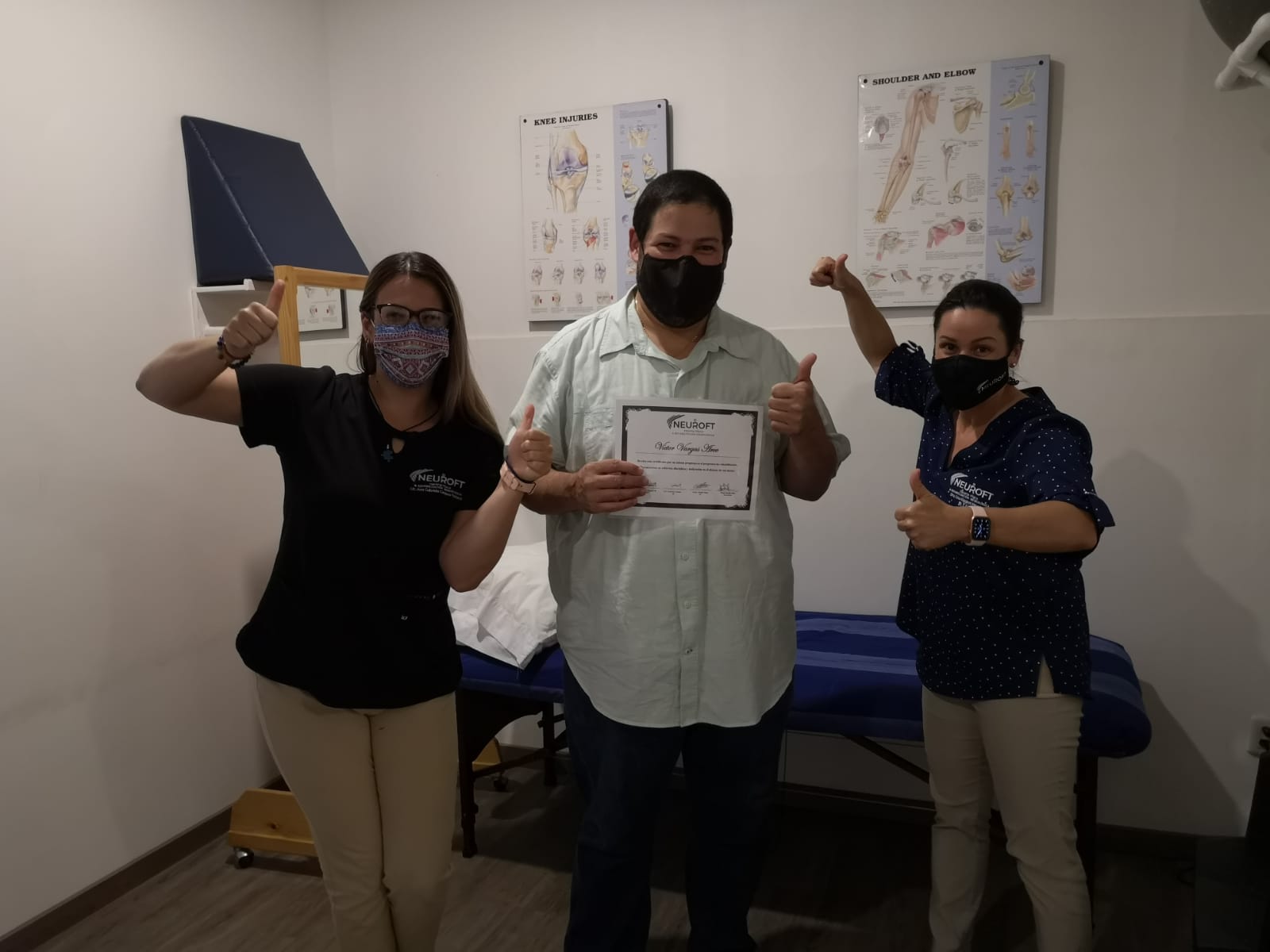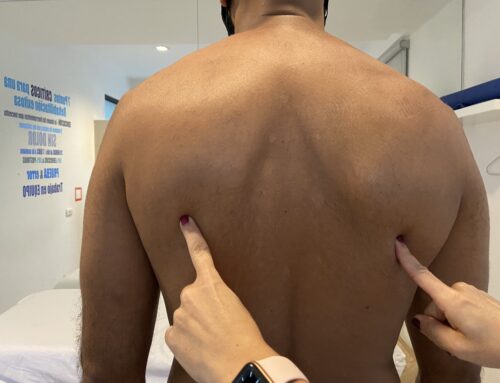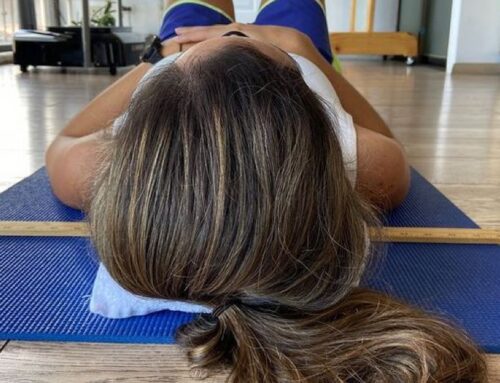Recovery of mobility in a frozen shoulder
Adhesive capsulitis, also known as "frozen shoulder" is a condition characterized by stiffness and pain in the shoulder joint. Signs and symptoms usually begin gradually, worsen over time but you can reverse it with therapy usually within one to three years.
Symptons
Frozen shoulder usually manifests slowly and in three stages. Each stage can last for months. For some people, the pain is worse at night and sometimes even interrupts their sleep.
Motor lock stage:
Any movement of the shoulder generates pain and range of motion begins to be limited.
Stiff stage:
Pain may begin to subside during this stage. Shoulder becomes stiff, increasingly difficult to use.
Thawing stage:
Shoulder range of motion begins to improve, this due to therapy and exercises.
The bones, ligaments and tendons that form the shoulder joint are encased in a connective tissue capsule. Frozen shoulder occurs when this capsule thickens and tightens around the shoulder joint, having a negative impact in the movement of this area.
People who have had prolonged immobility or reduced mobility of the shoulder are at an increased risk of developing frozen shoulder. Immobility can be the result of several factors, including the following:
Patient regained shoulder mobility after "frozen shoulder"
The Neuroft Clinic congratulates its patient for the great progress he has had after an adhesive capsulitis (frozen shoulder). Perseverance and effort can show amazing results in the rehabilitation process. Congratulations!

Adhesive capsulitis, also known as "frozen shoulder" is a condition characterized by stiffness and pain in the shoulder joint. Signs and symptoms usually begin gradually, worsen over time but you can reverse it with therapy usually within one to three years.
Symptons
Frozen shoulder usually manifests slowly and in three stages. Each stage can last for months. For some people, the pain is worse at night and sometimes even interrupts their sleep.
Motor lock stage:
Any movement of the shoulder generates pain and range of motion begins to be limited.
Stiff stage:
Pain may begin to subside during this stage. Shoulder becomes stiff, increasingly difficult to use.
Thawing stage:
Shoulder range of motion begins to improve, this due to therapy and exercises.
The bones, ligaments and tendons that form the shoulder joint are encased in a connective tissue capsule. Frozen shoulder occurs when this capsule thickens and tightens around the shoulder joint, having a negative impact in the movement of this area.
People who have had prolonged immobility or reduced mobility of the shoulder are at an increased risk of developing frozen shoulder. Immobility can be the result of several factors, including the following:
Patient regained shoulder mobility after "frozen shoulder"
The Neuroft Clinic congratulates its patient for the great progress he has had after an adhesive capsulitis (frozen shoulder). Perseverance and effort can show amazing results in the rehabilitation process. Congratulations!





